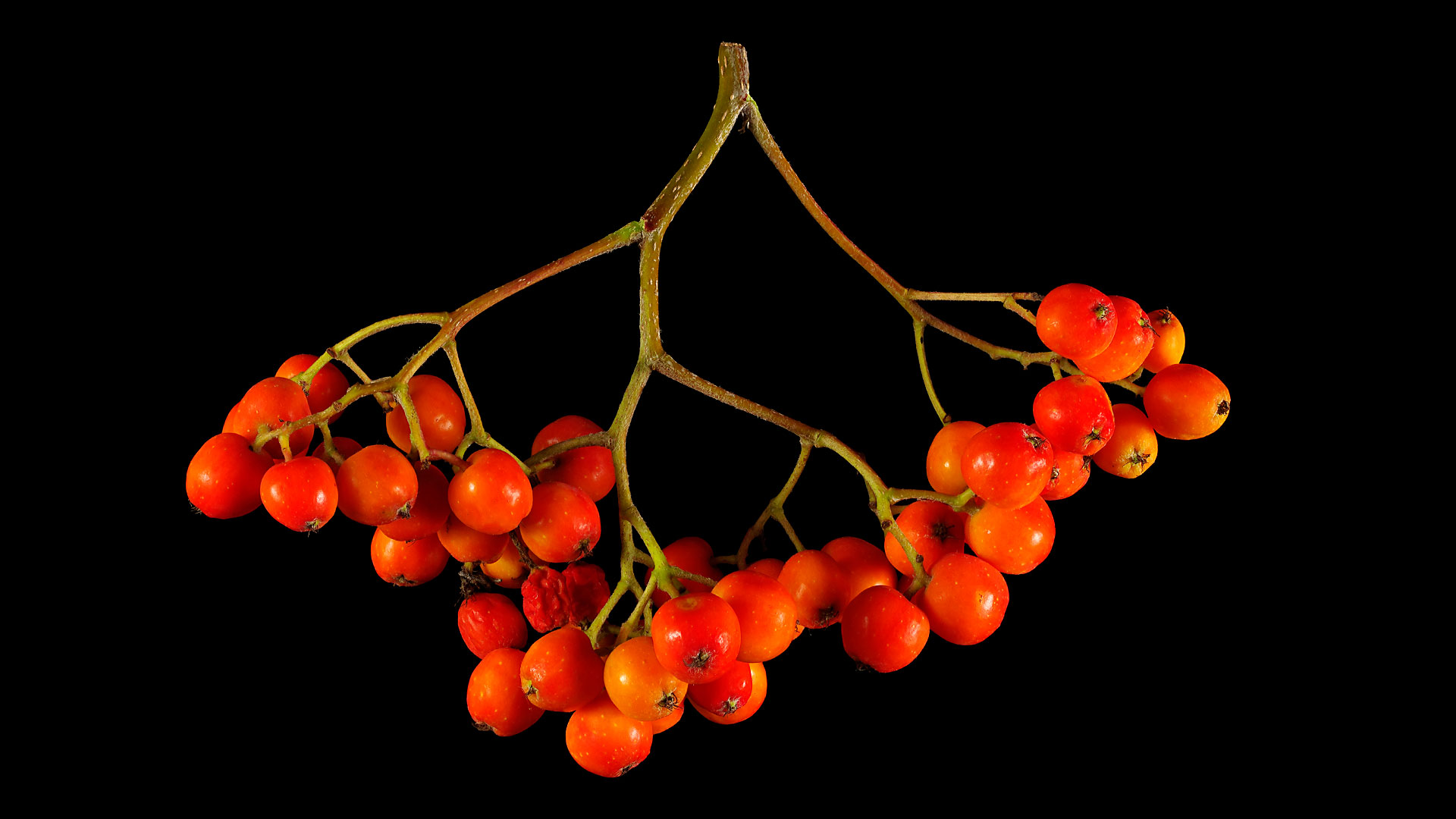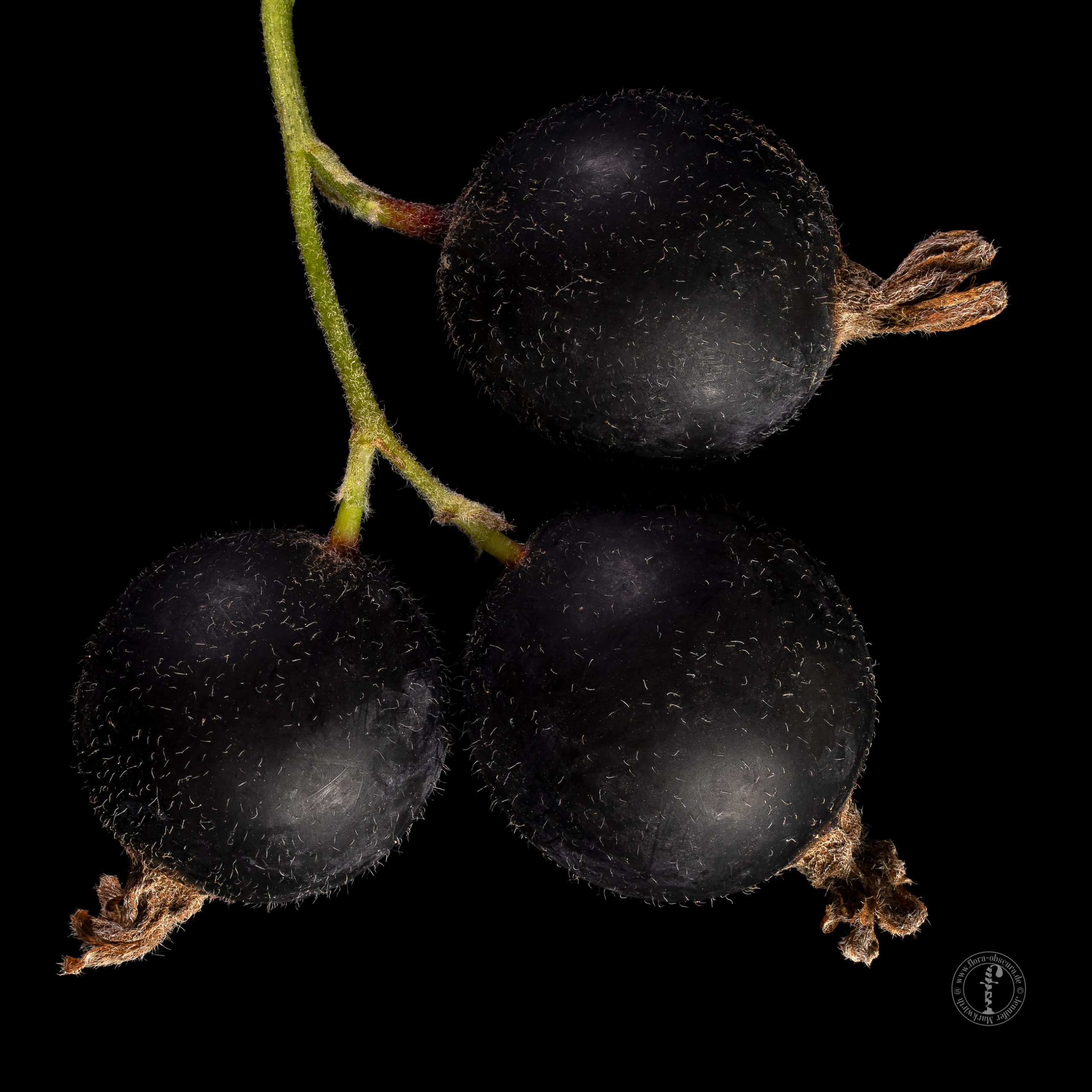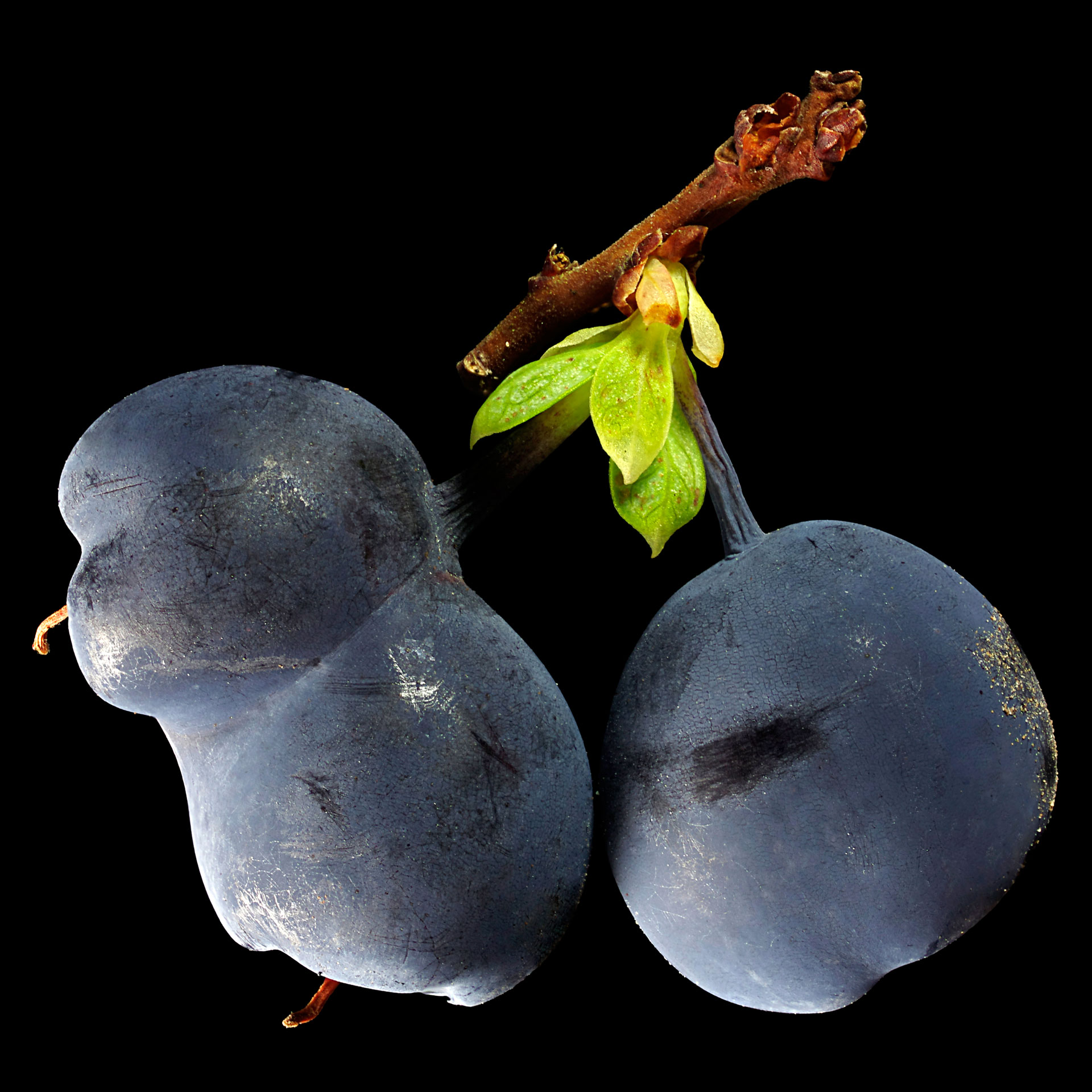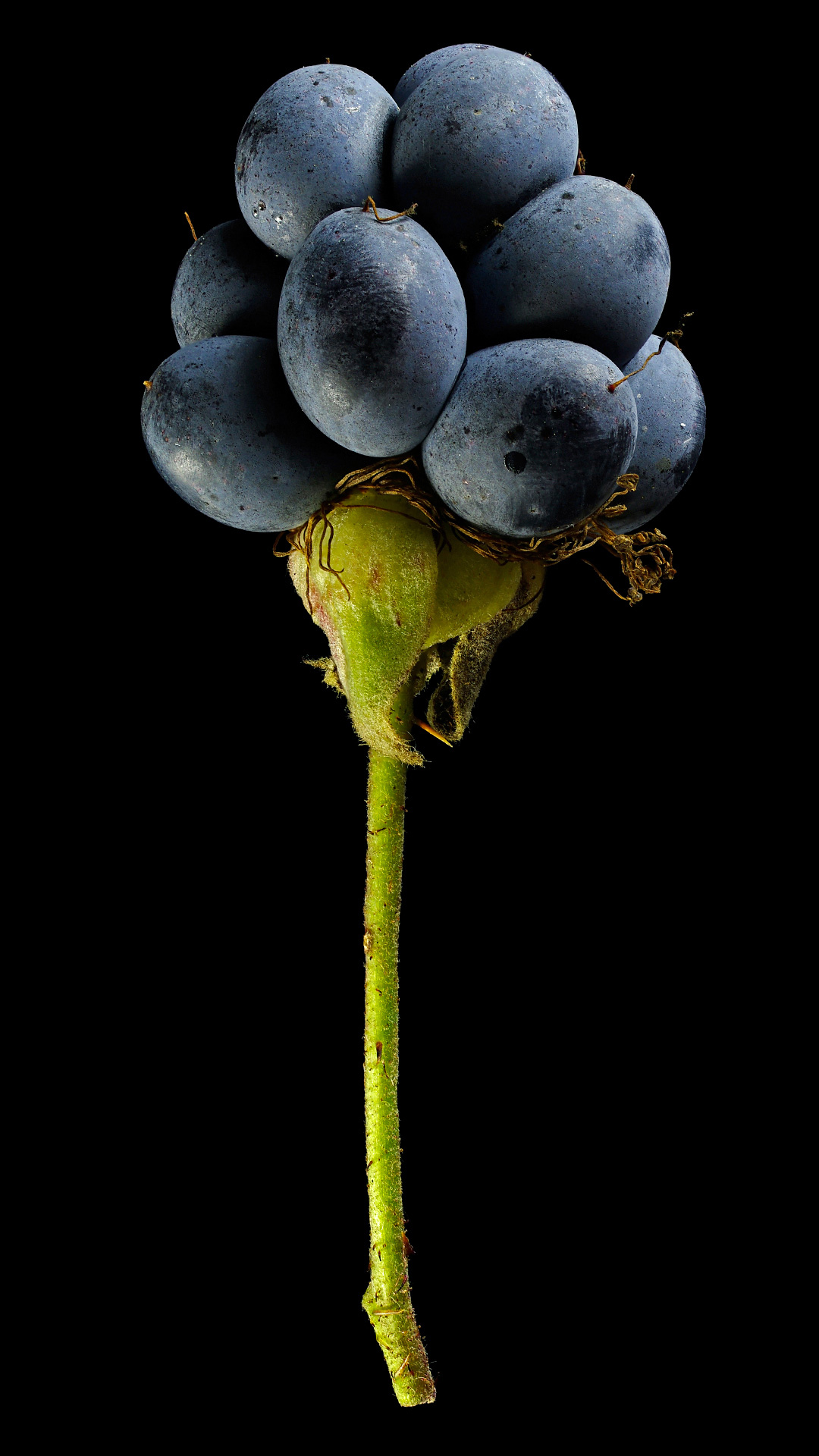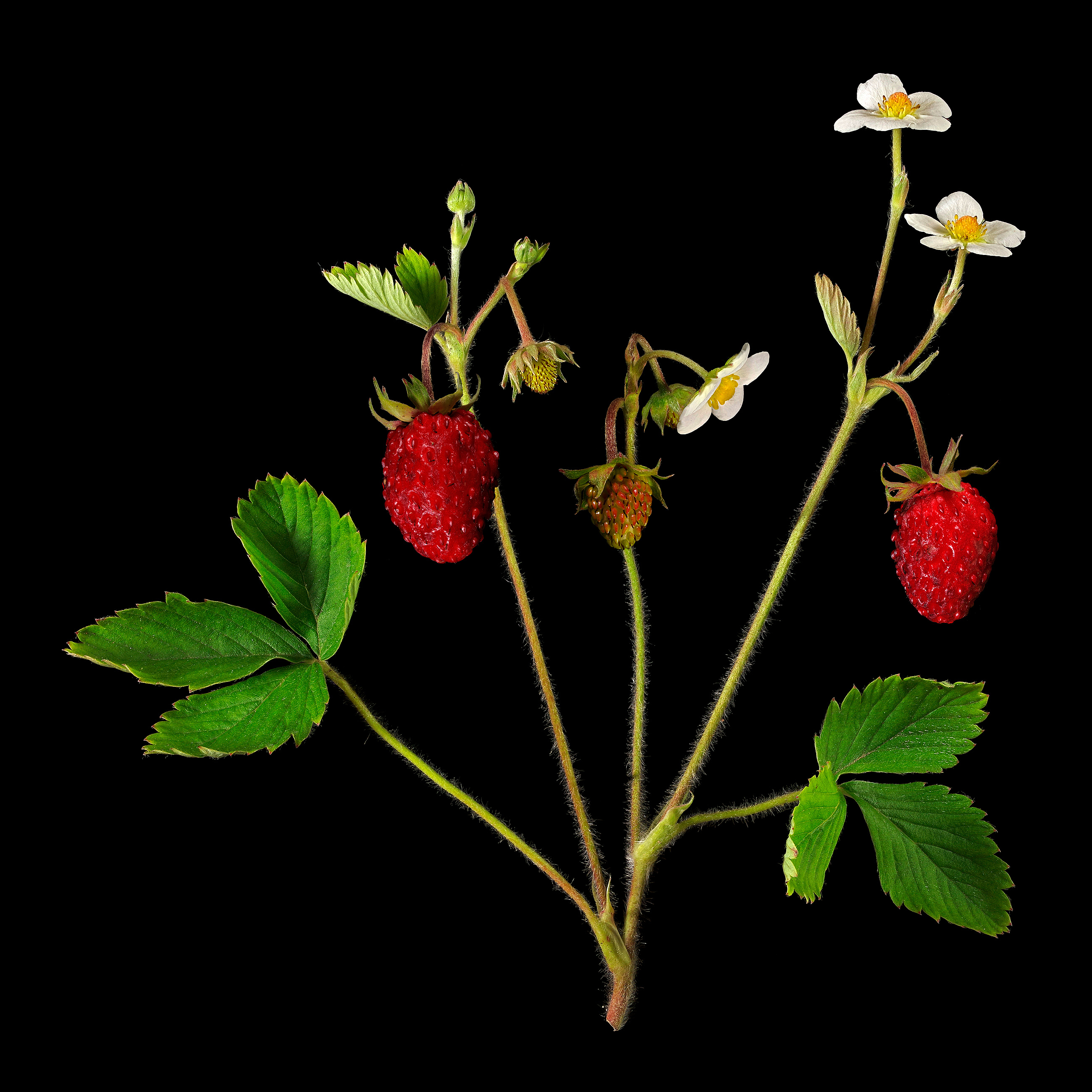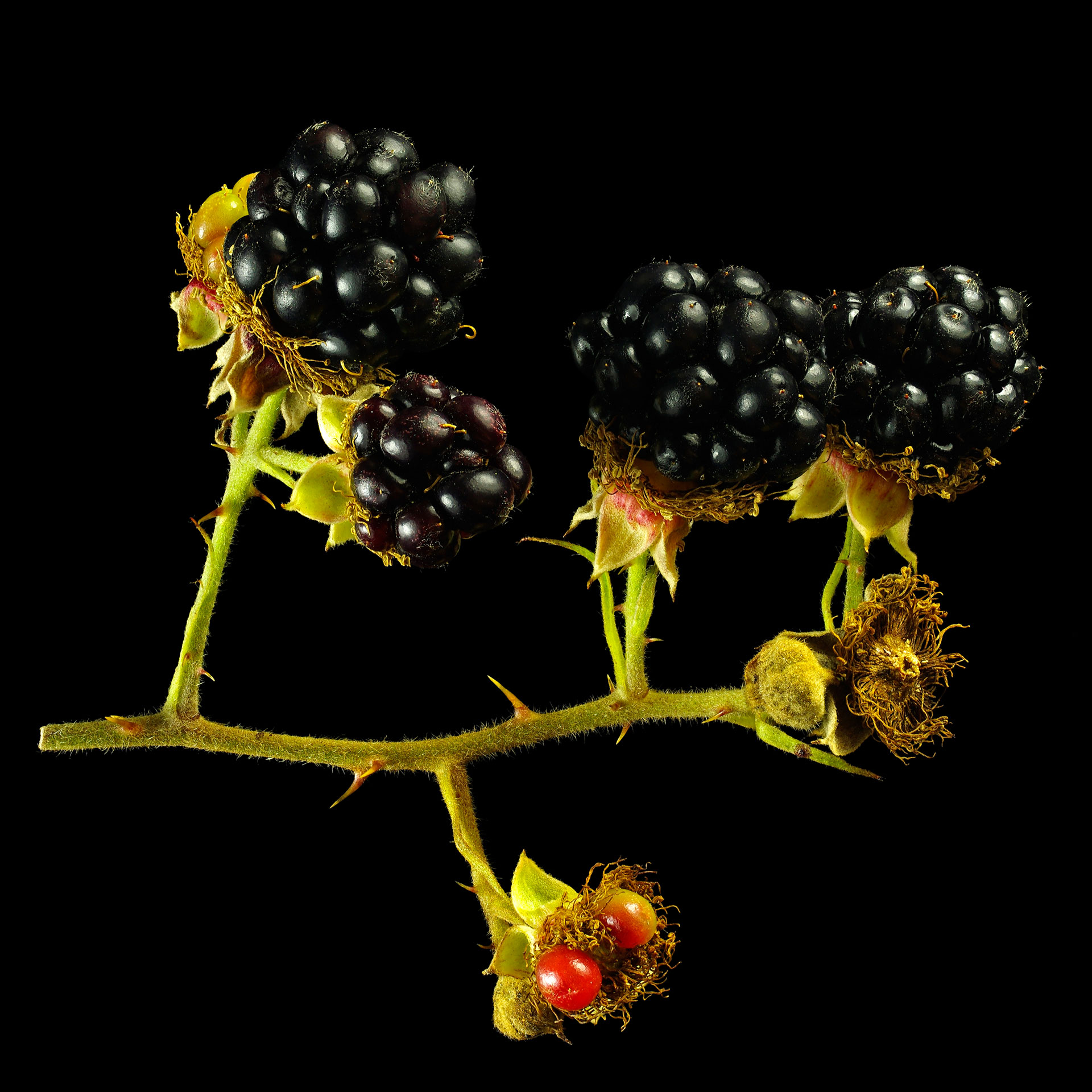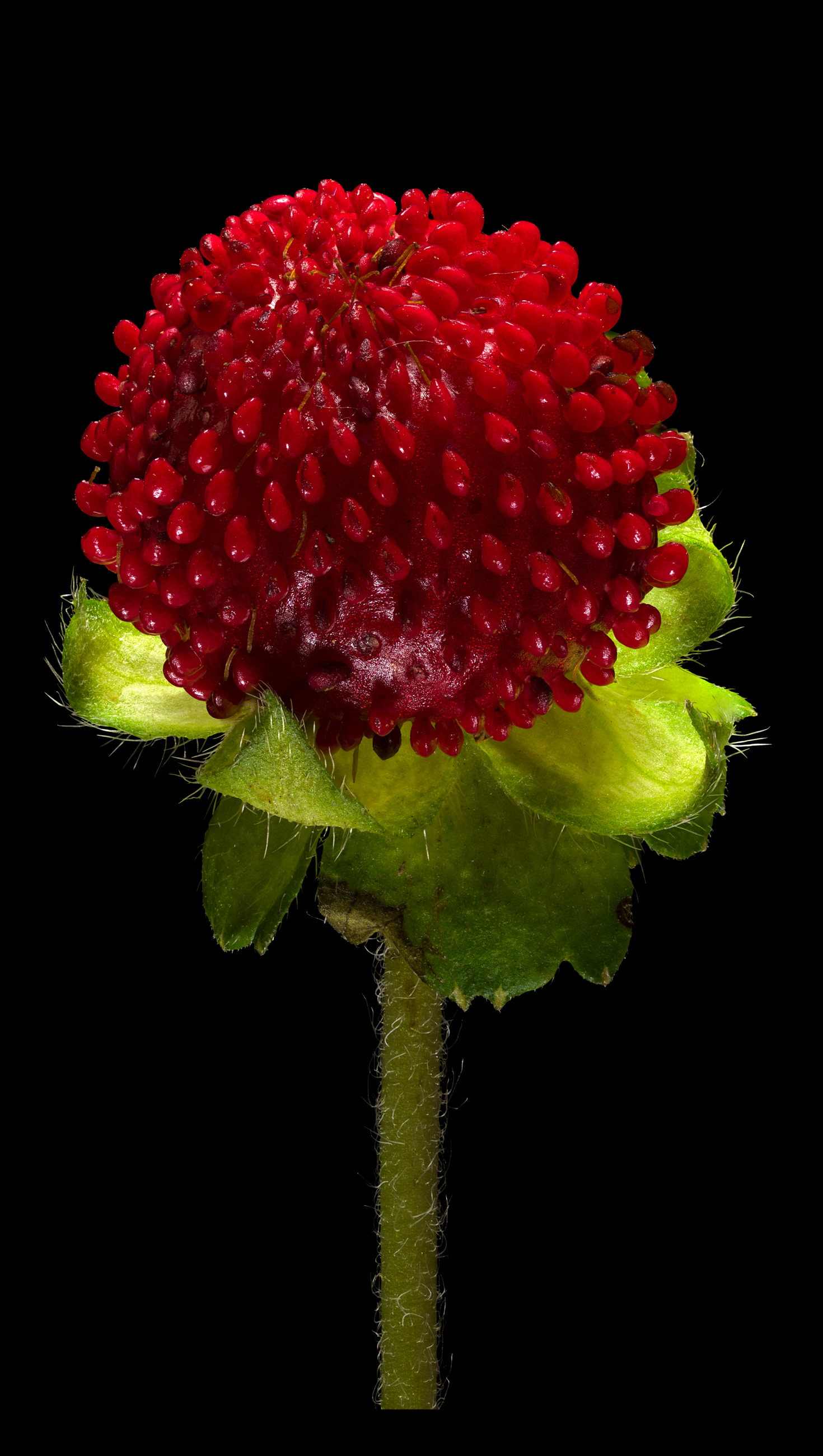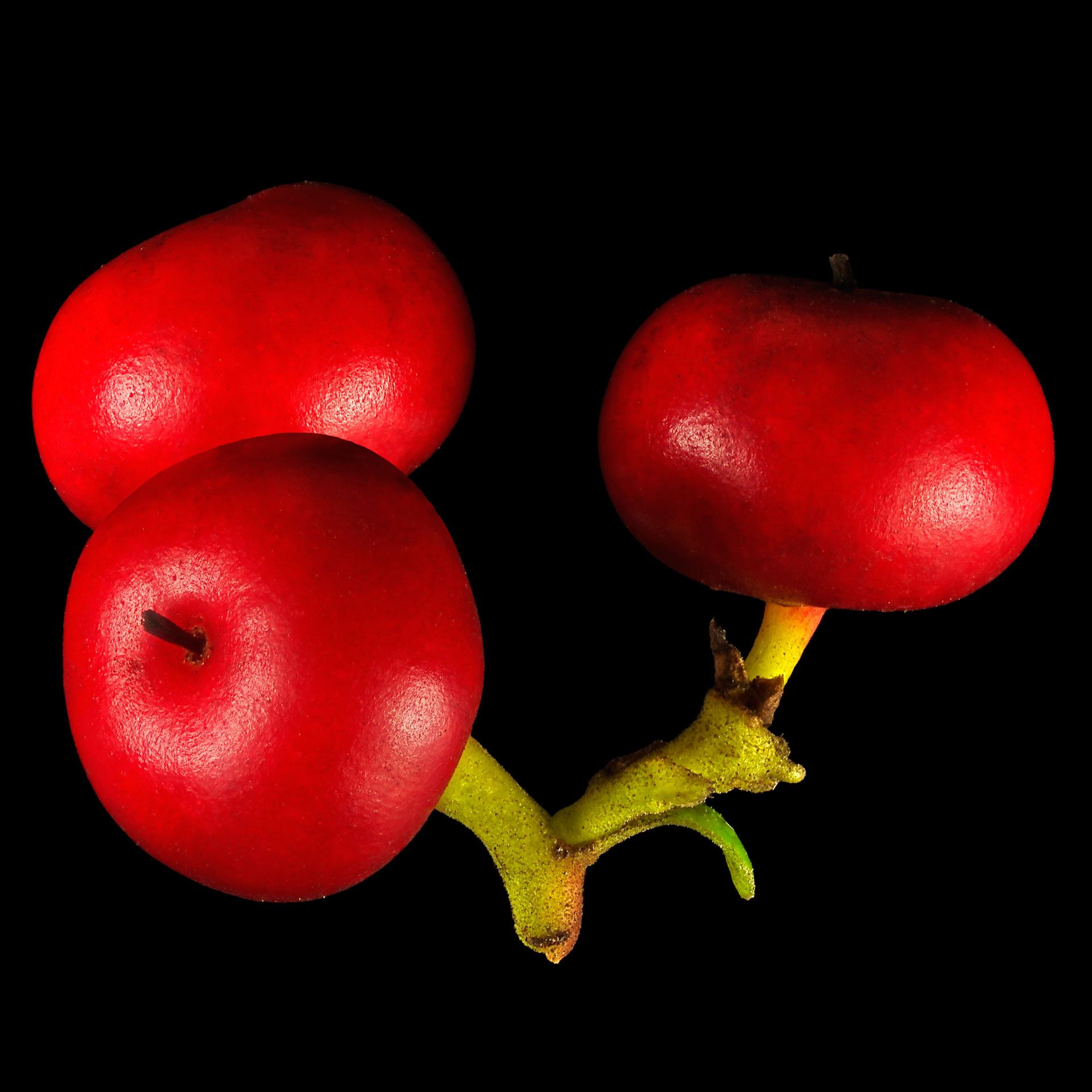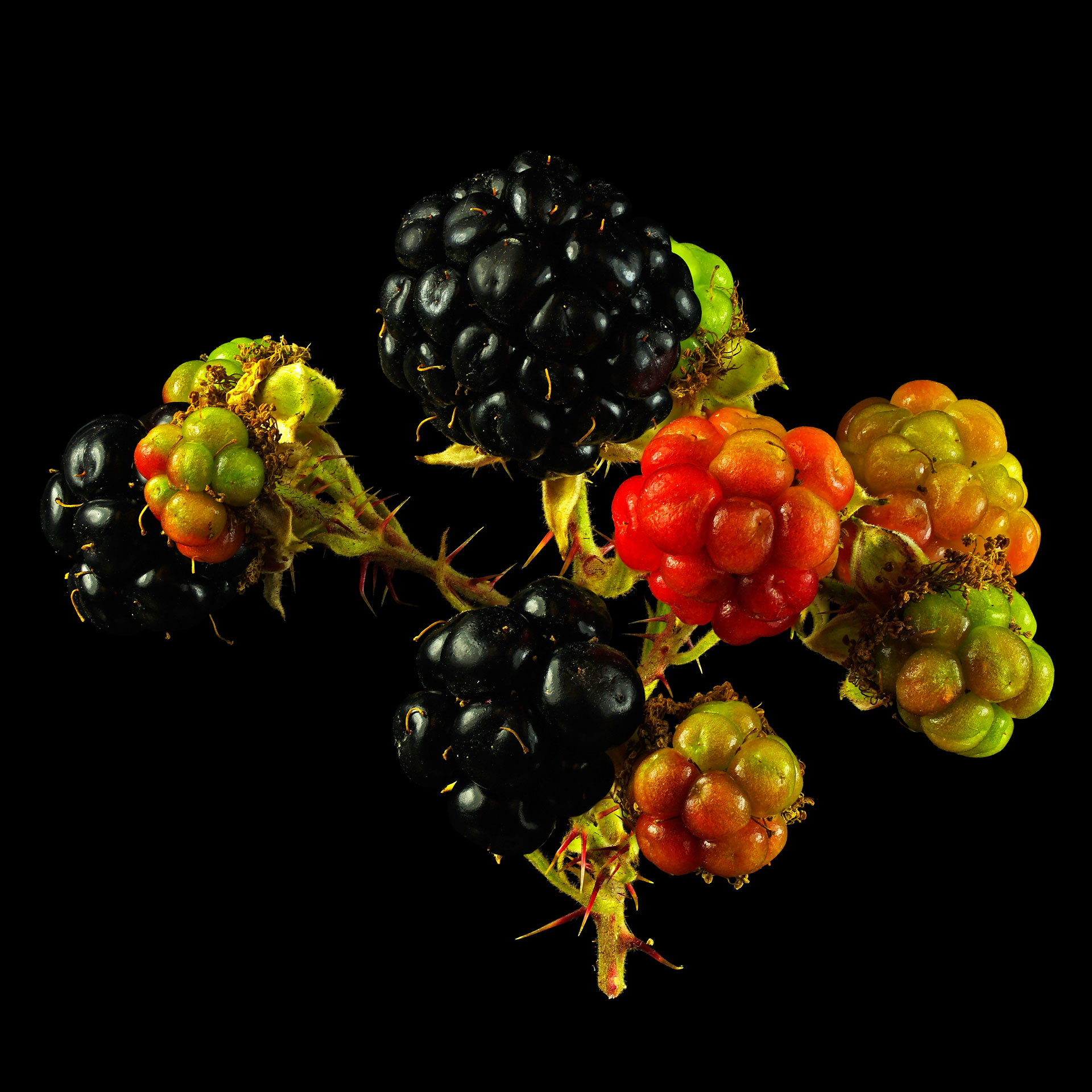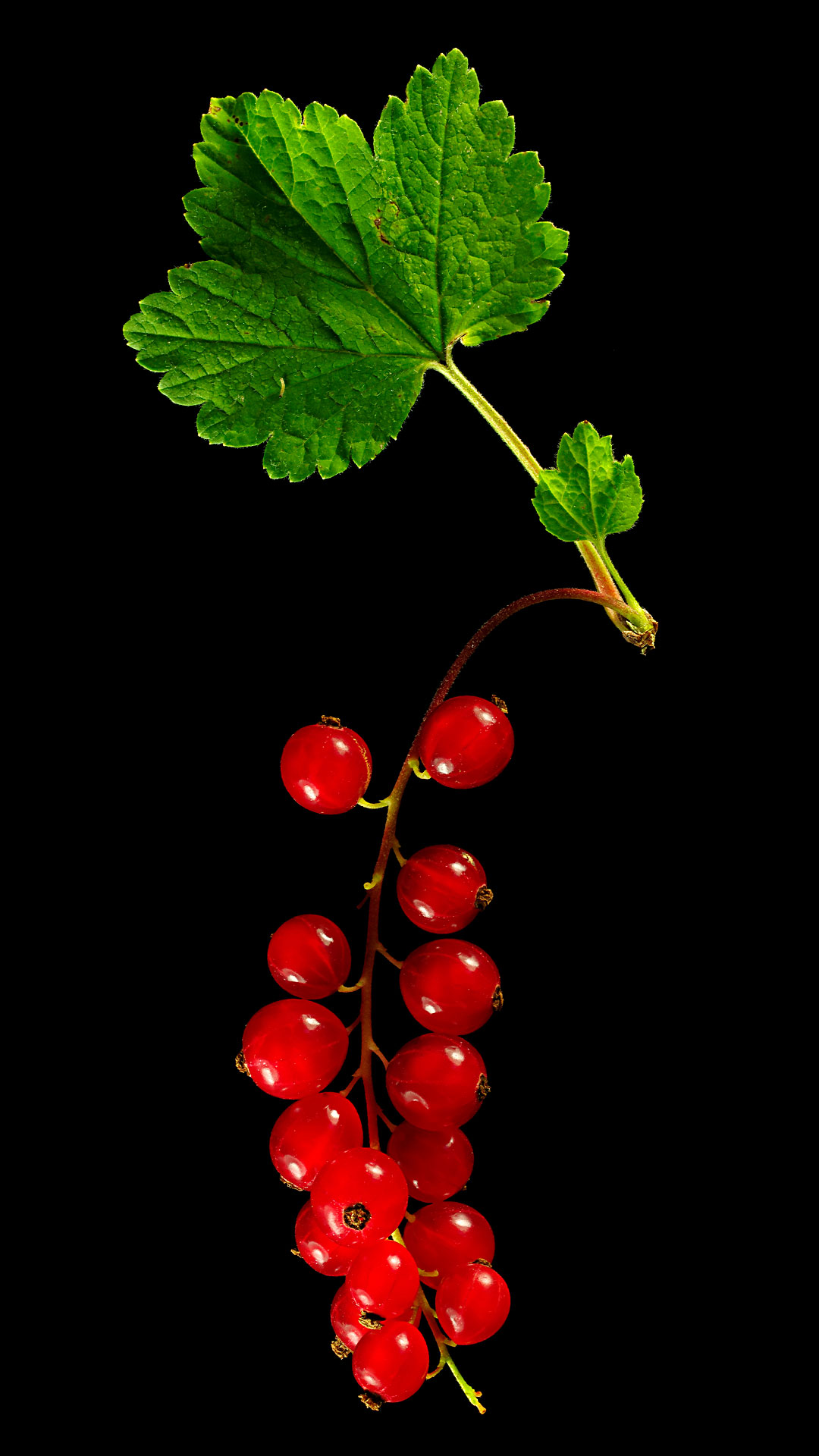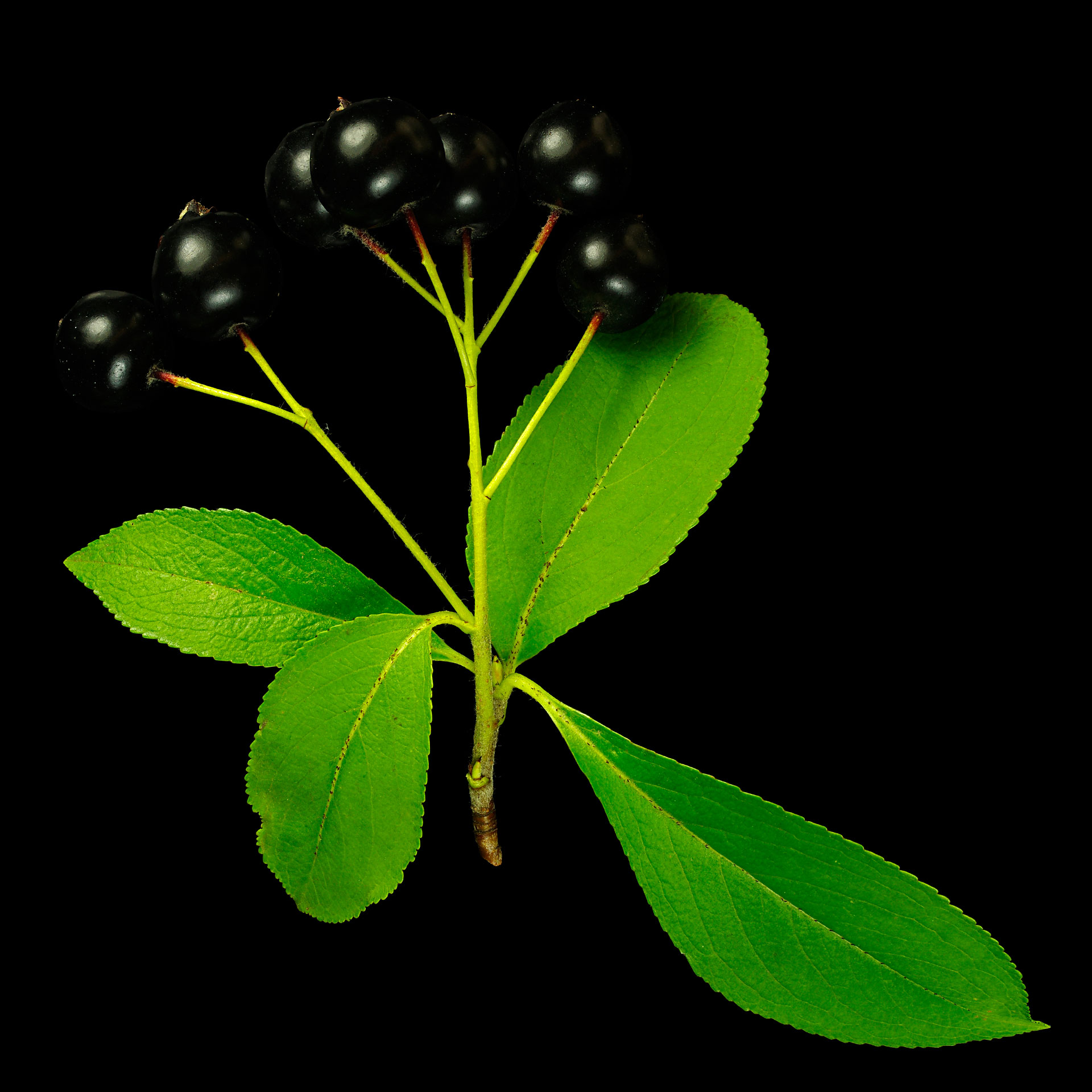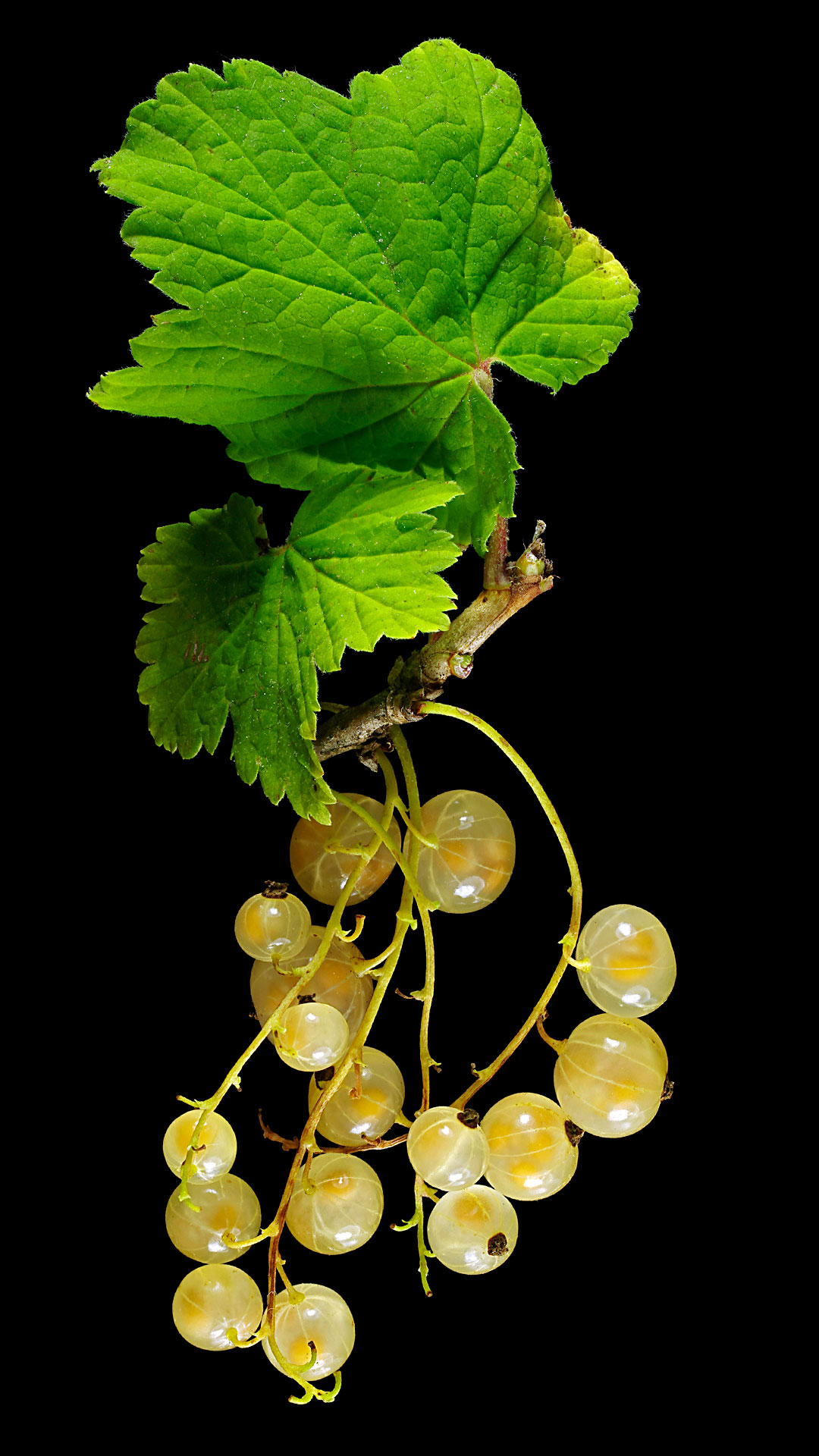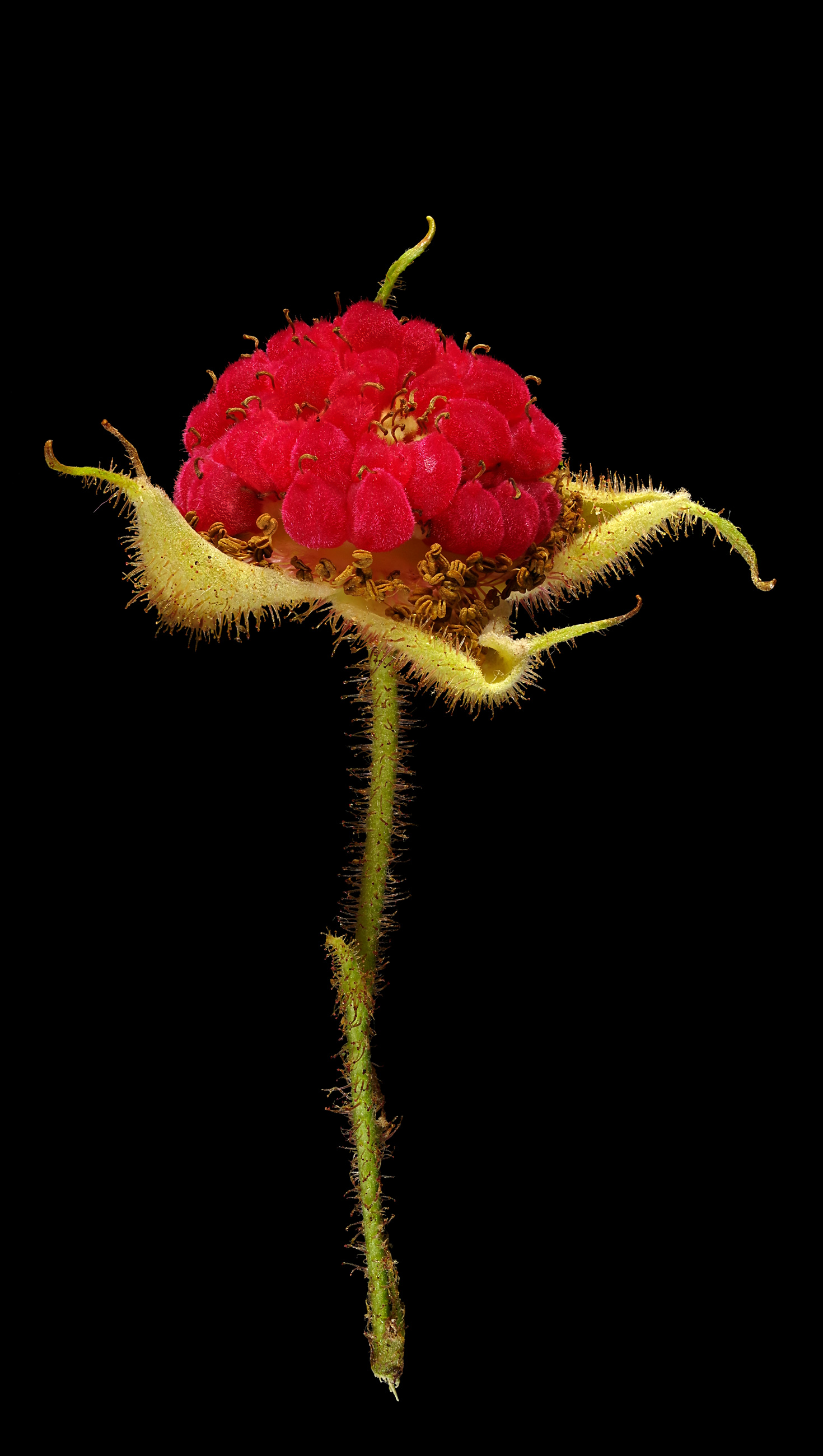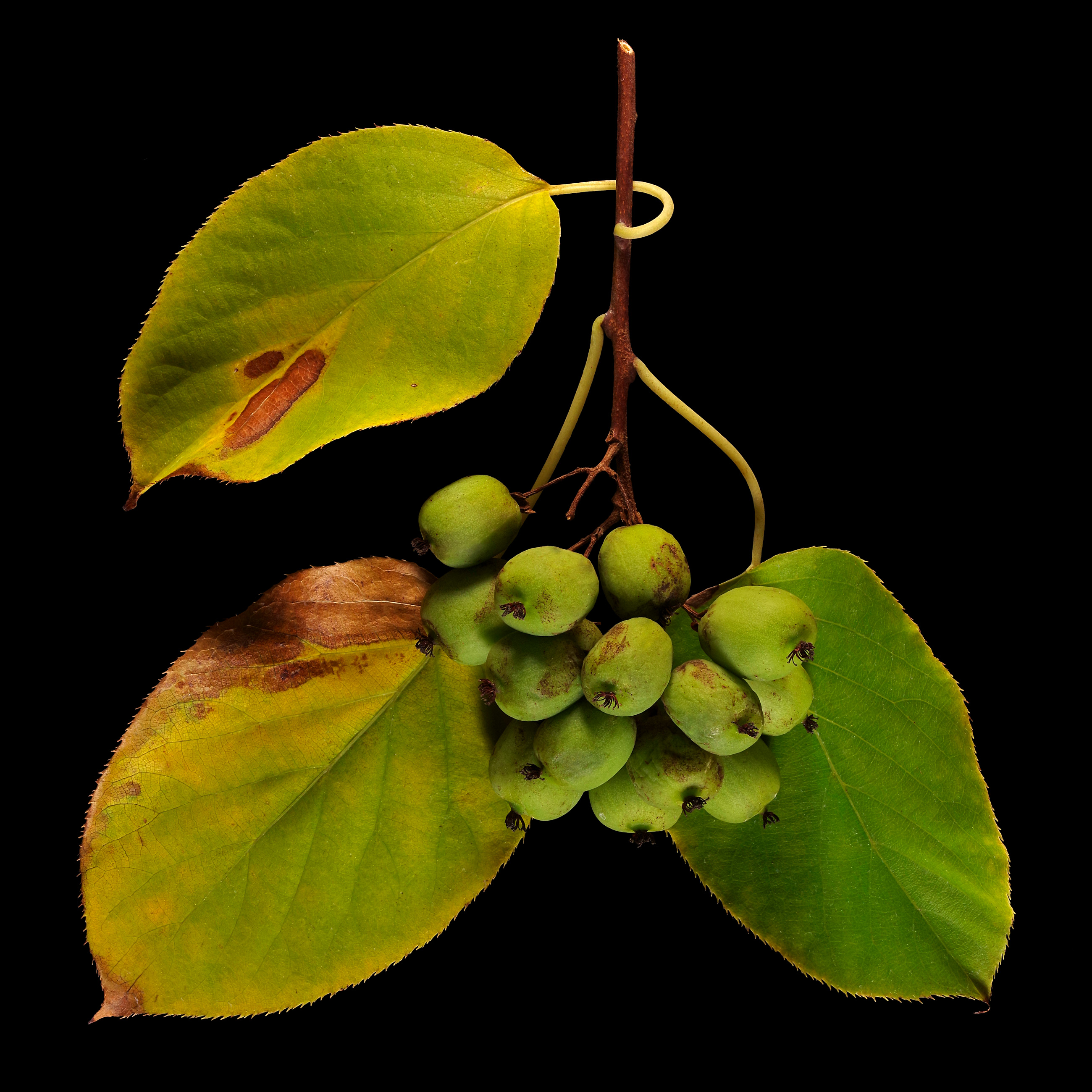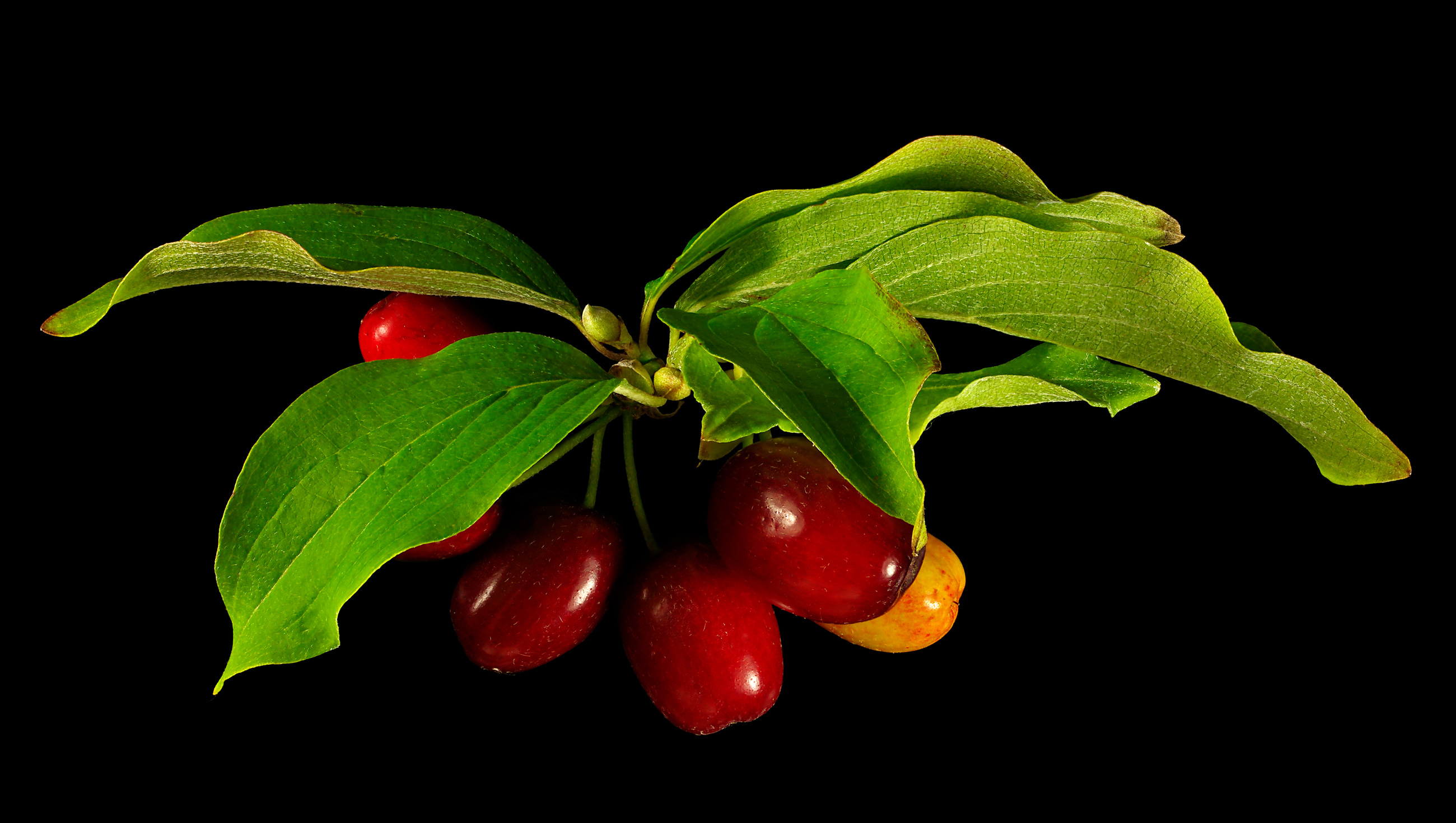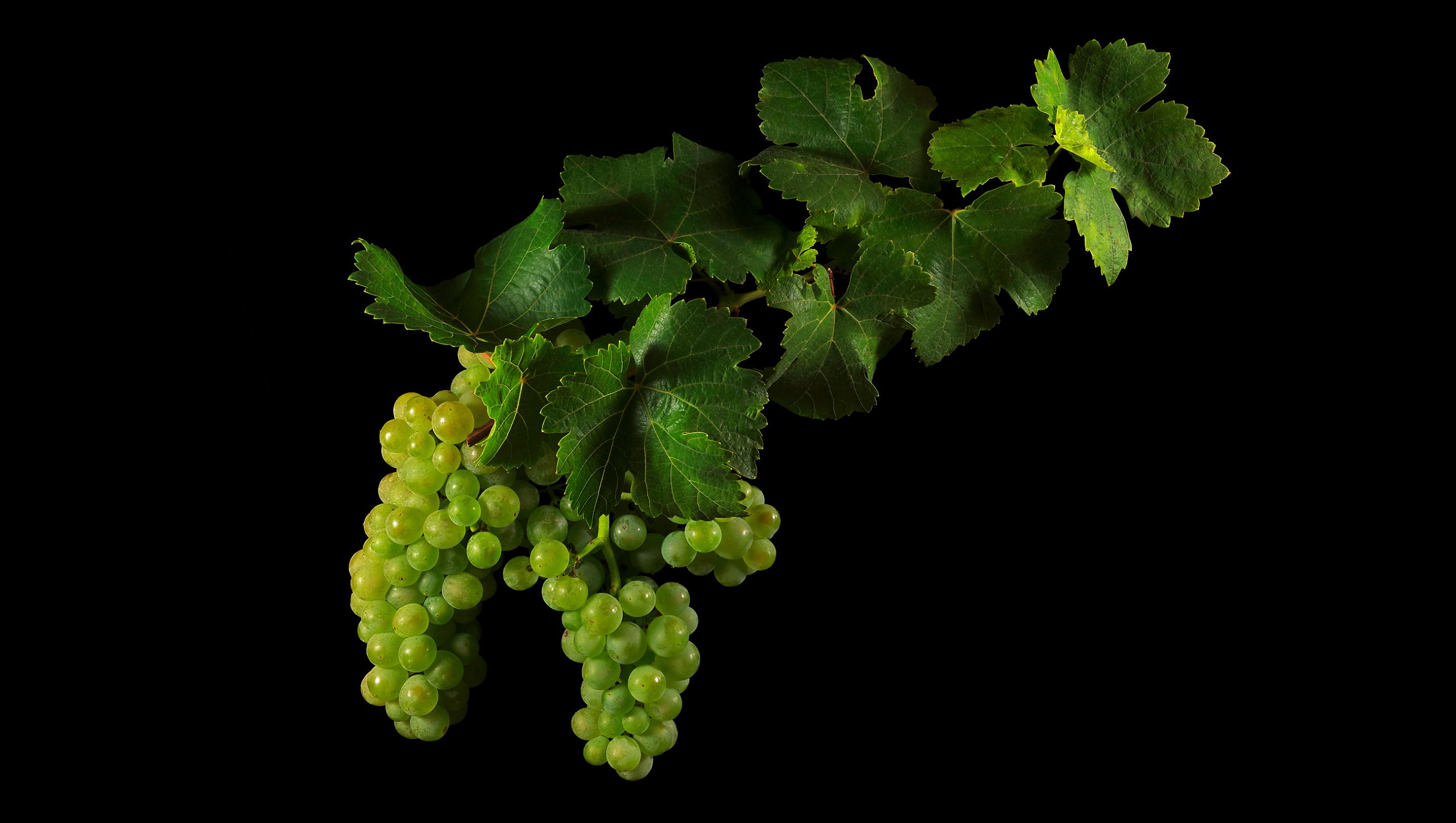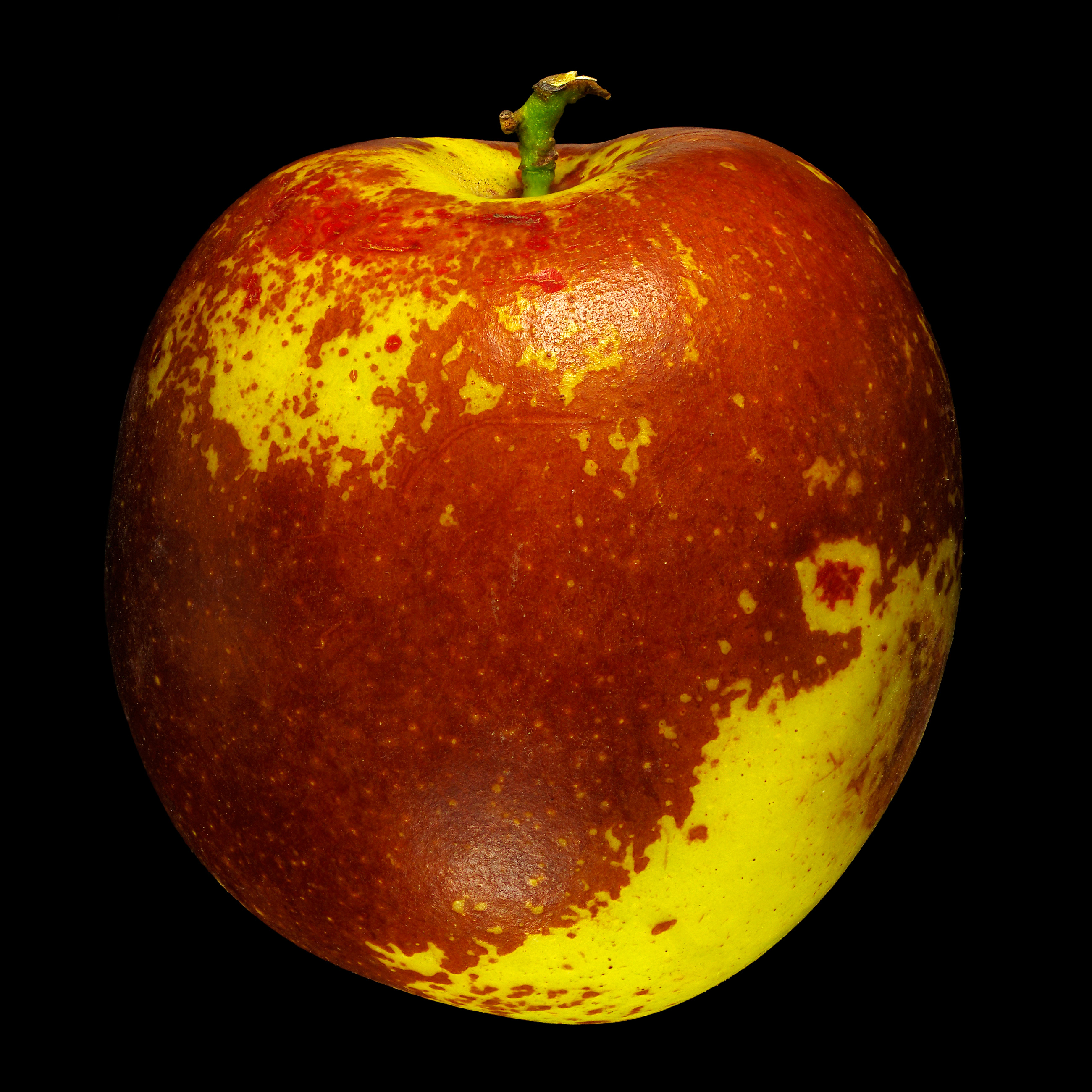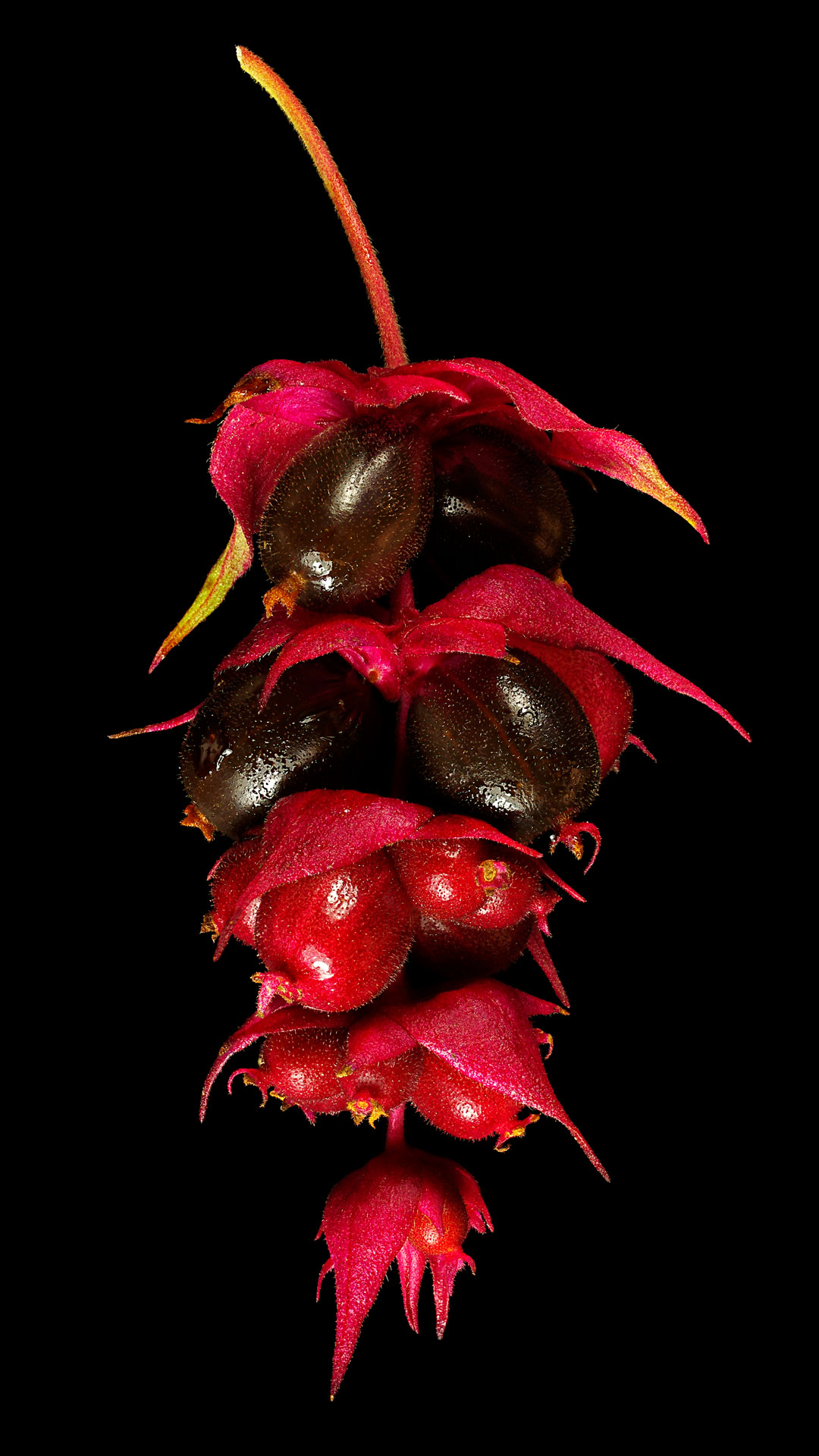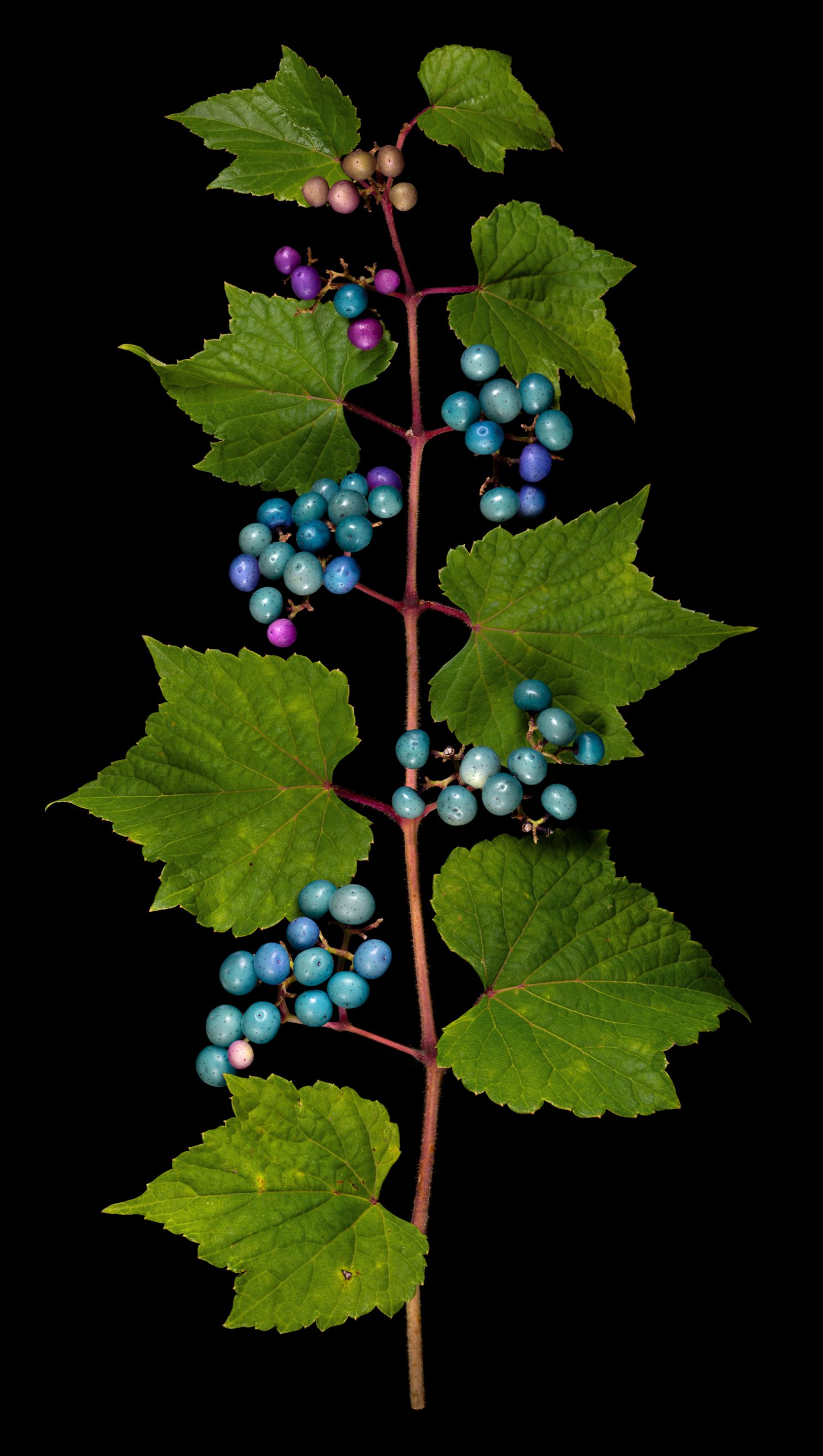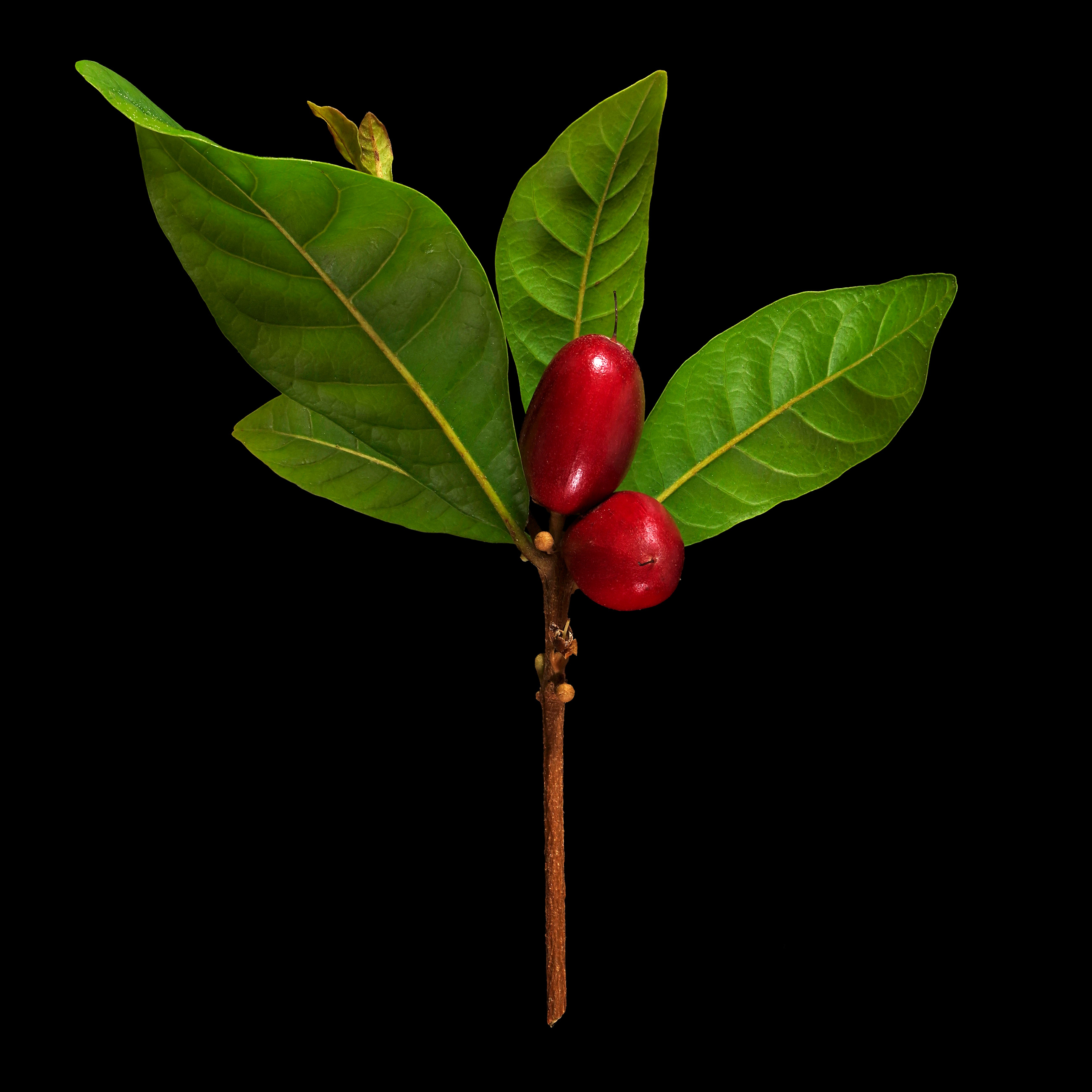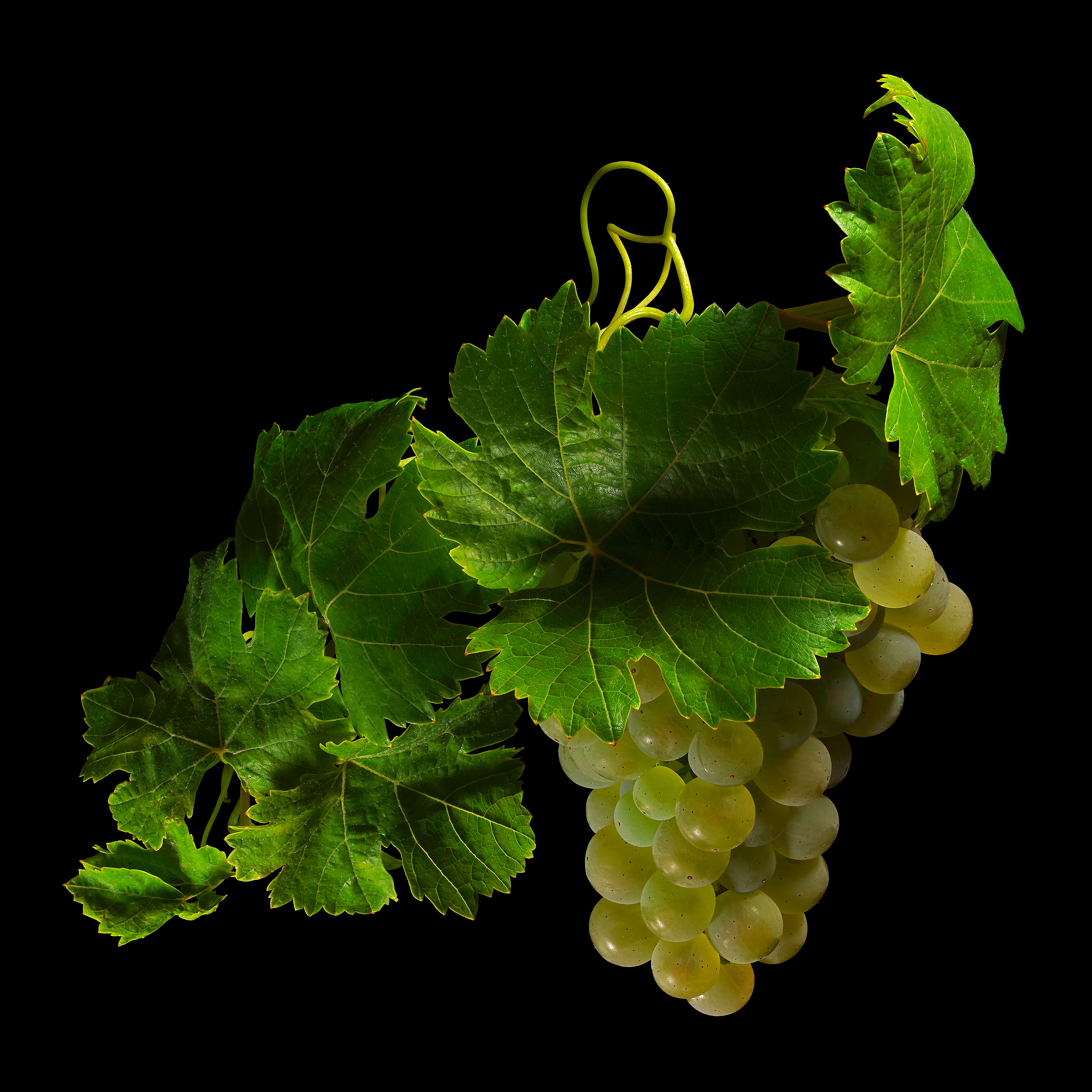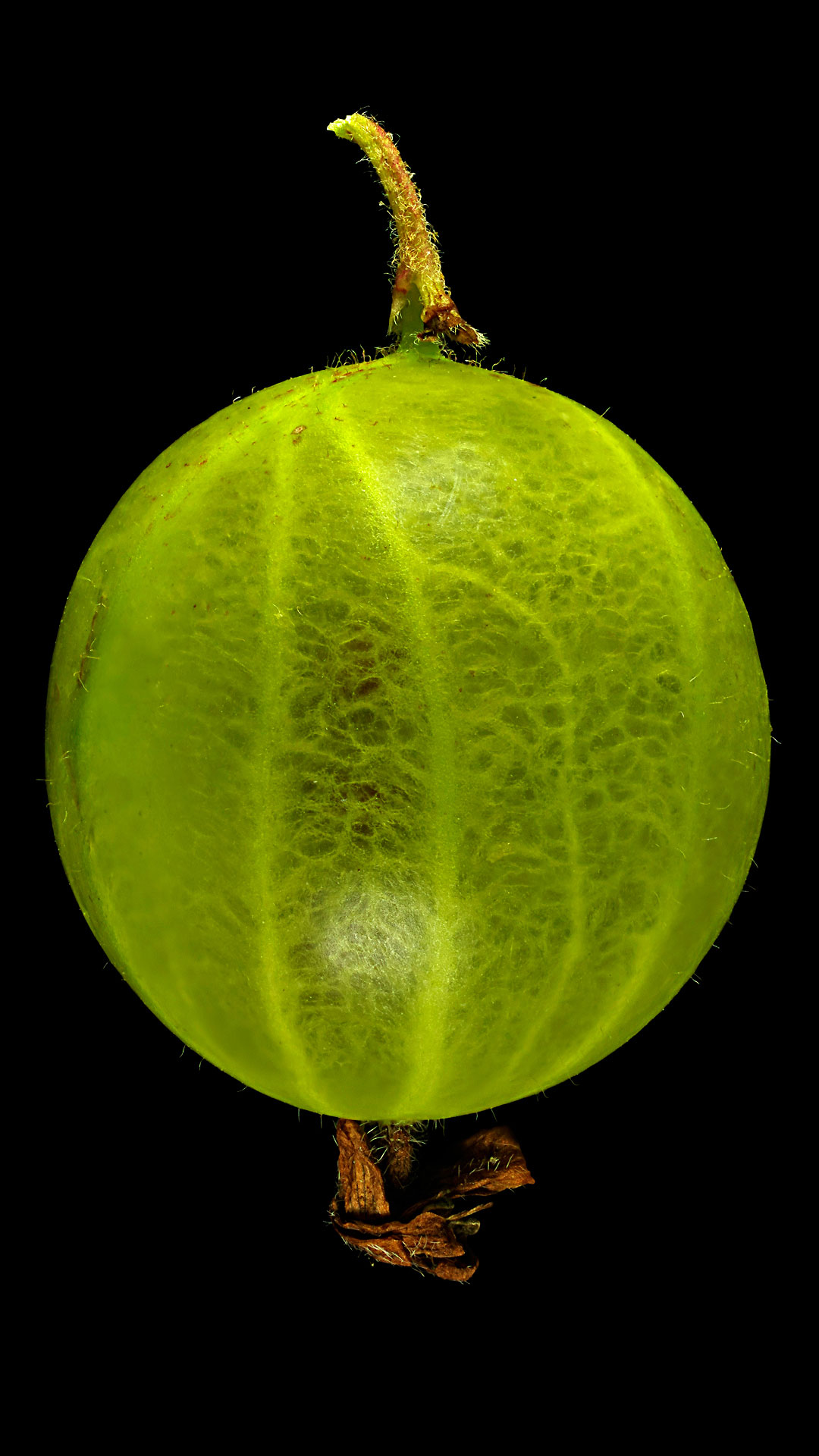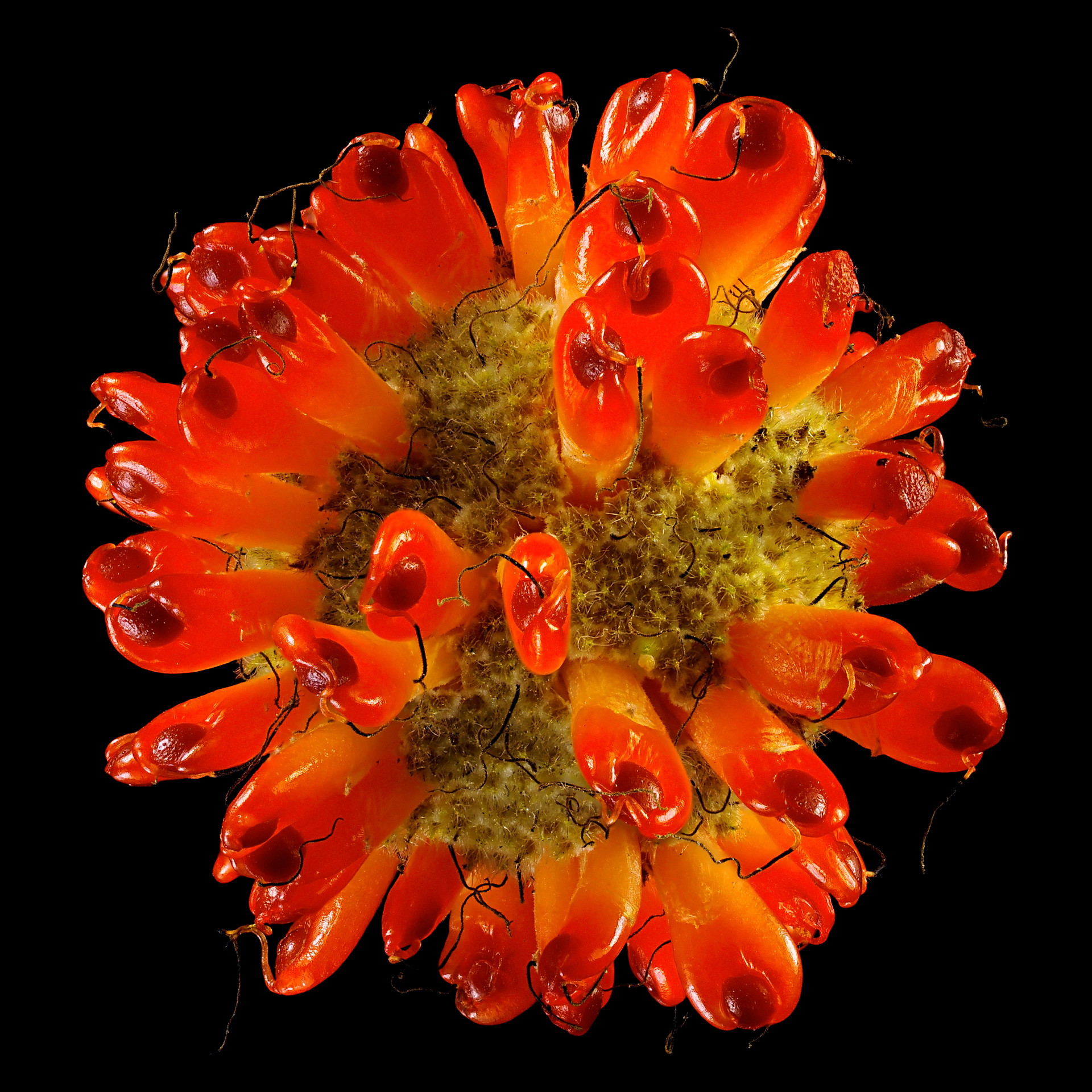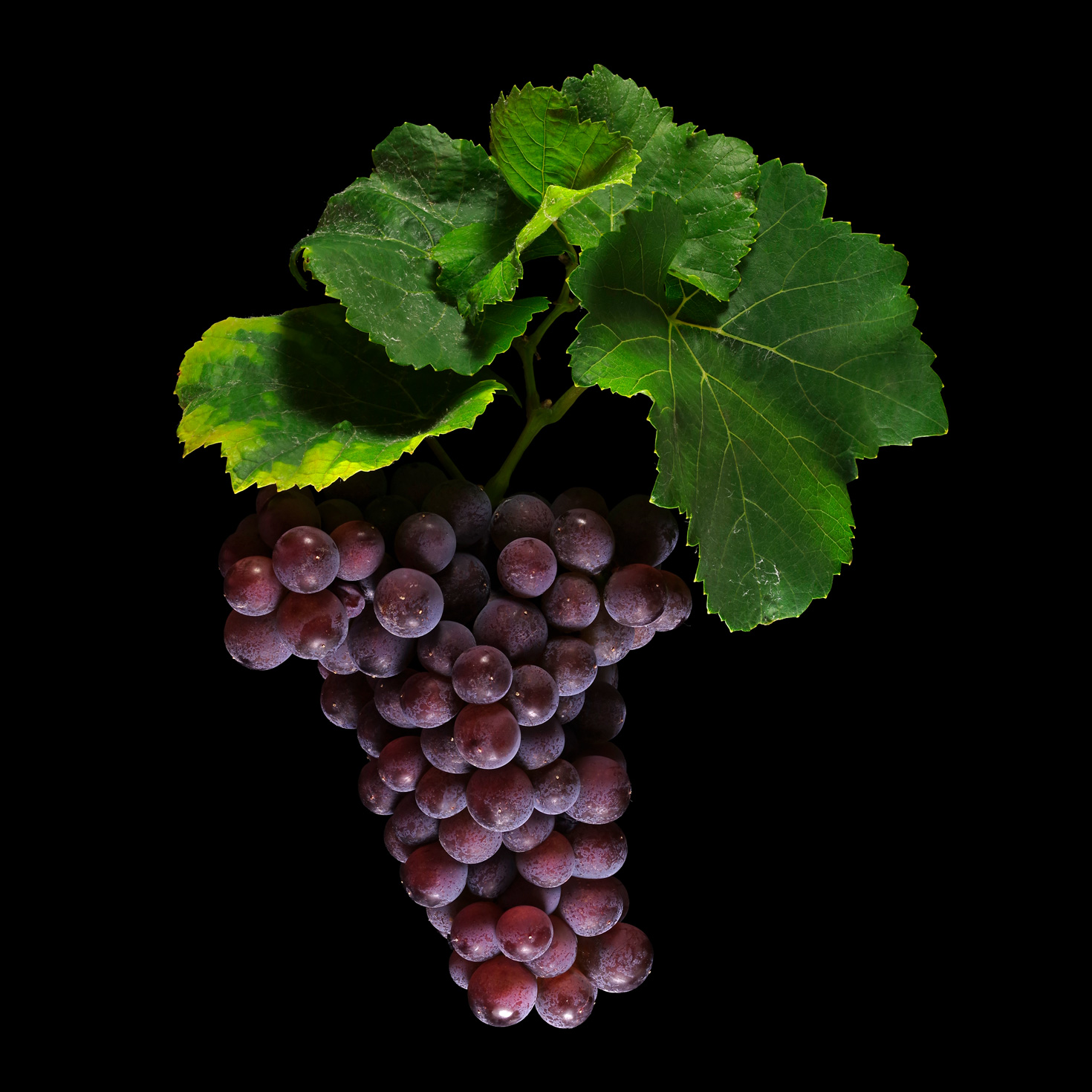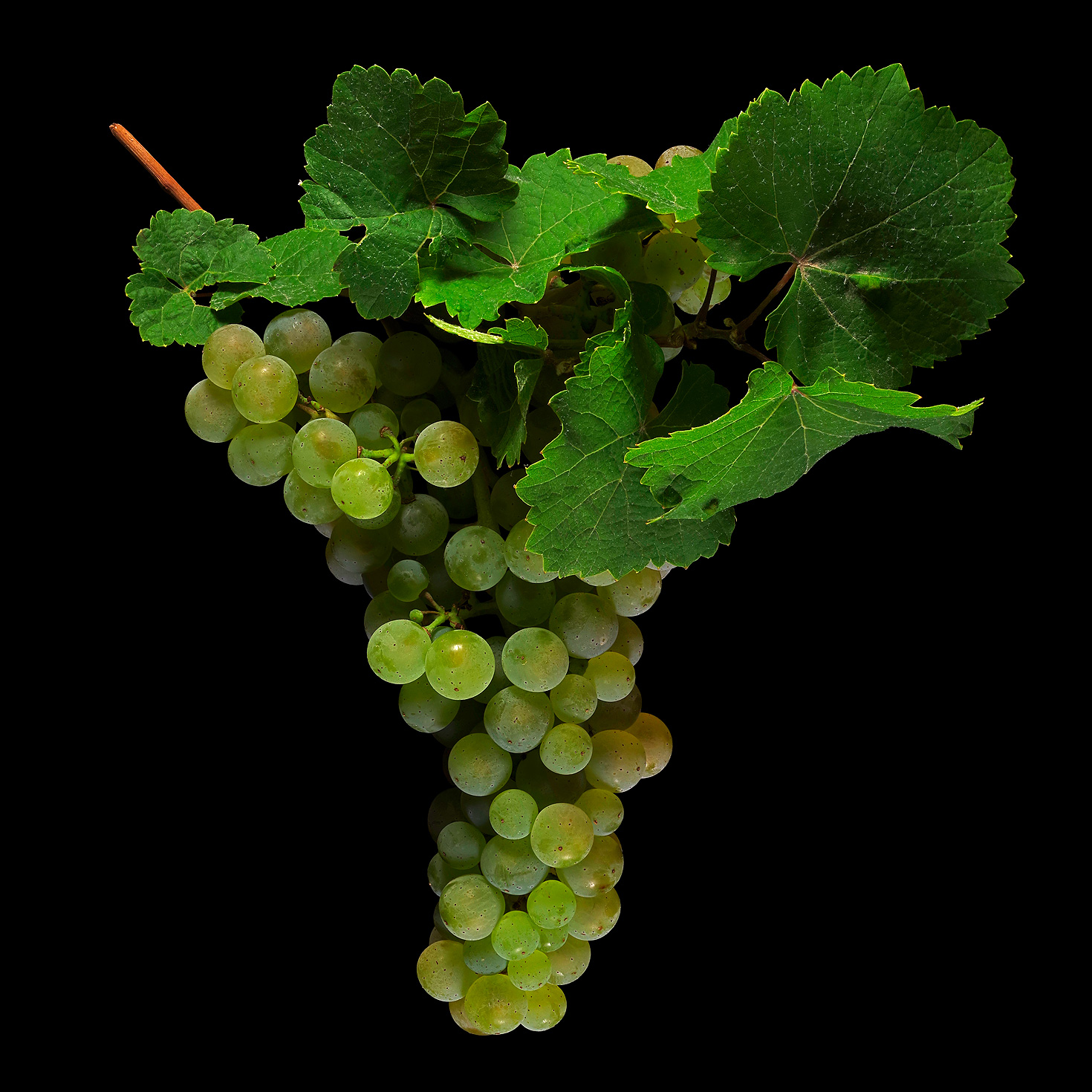Search Results for Beere
It is still a stubbornly held legend that the fruits of the rowanberry or mountain ash are poisonous. The small fruits are ideal for jam, mash, liqueur…
The black, round berries with white little hairs are best eaten fresh as soft fruit, but they are of course also suitable for making jam, jelly, juice and liqueur.
Bog bilberries can be freshly taken from the shrub or processed into jam, compote, liqueur and wine.
They taste is almost the same as blackberries, but a bit more sour than these. The fruits can be picked straight from the shrub, or can be processed to jam and dewberry liqueurs.
The fruits are sweet and have a very aromatic taste. They are best eaten raw.
Winter’s Blackberry: Rubus winteri Not a winter crop Winter's blackberry, often called "winter blackberry", probably has nothing to do with the cold season. The "i" at the end of a botanical name usually refers to a surname and I suspect
The strawberries-like red fruits are edible, but taste dull and watery.
The red stone fruits can be processed well to juice, jam and syrup.
The “conspicuous” blackberry can be consumed directly from the bush as a soft fruit or processed into jam, jelly, liqueur, compote, sorbet and juice.
Redcurrants are processed to red fruit soups and summer pudding, juice and ice cream. And many more…
The black chokeberry contains many vitamins and other important substances in such large quantities that it has also medical significance.
Like their red relatives, white currants are popular garden plants, but their fruits are sweeter.
The fruits can be cooked to make jam and juice. Raw, on the other hand, they taste very astringent.
The fruits are small, not particularly juicy and decompose easily, which is why they have not become established as a fruit plant.
The small kiwi berries are in their anatomy miniature editions of the common kiwifruit (A. deliciosa) and also have the typical aroma of the large fruits.
Cornelian cherries taste sweet, but also quite astringent when picked and eaten fresh from trees or hedges.
Scheurebe produces excellent dessert wines. But an early harvest leads to extremely unpleasant aromas, which are supposed to remind one of sweat or cat urine.
During the ripening process, the initially yellow fruit is covered more and more with reddish-brown spots until the whole skin is brown.
As soon as the small fruits of pheasant berry are ripe and therefore dark brown and soft, they taste intensely like slightly burnt (bitter) caramel.
Dispite the striking strawberry-like fruits, the strawberry goosefoot is a leafy vegetable.
The colourful fruits of Amur peppervine taste predominantly sweet. They have no intense taste and no acidity.
Miracle berry has a unique effect on our sense of taste: it superimposes taste impressions in a way that everything is perceived as being sweet.
The berries are compact, the fruits are green when ripe and have a high sugar content.
The gooseberry grows in many gardens and can be picked fresh from the bush or eaten as light green jelly or compote.
The mature, fleshy single fruits of the infructescence is sweet and can be eaten directly or processed into jam.
Despite its bright red berries, Schonburger belongs to the white wines, its quality is compared with Traminer.
The berries of Cabernet Mitos not only have a deep blue, frosted skin, but their pulp is also rich in red pigments, which is not the case with most other grapes.
Pinot Gris is a variety of the common grape vine, which belongs to the white wines although the grape skin has a reddish to grey-violet colour.
Riesling wines are of high quality and easily assume the character of their growing region.



